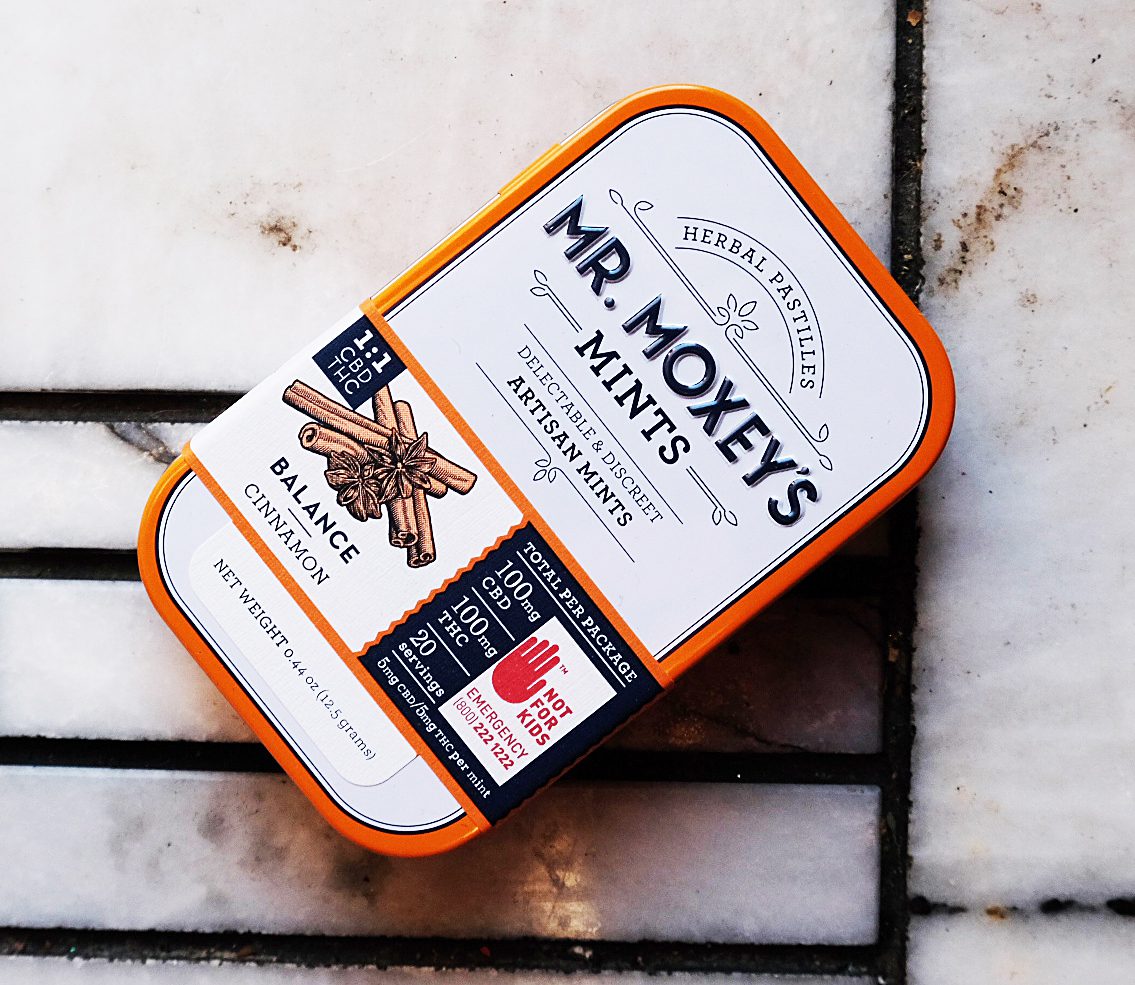As a culture, we are used to thinking that more is better. We shop the biggest bang for our buck, buy in bulk where possible and look for products that boast the highest concentrations of active ingredients. But more isn’t always better. Cannabis, which has been decriminalized in our state, is often associated with overuse, the aimless hippie being the archetype for the movement. But experts, who have been using the word “microdose” regarding cannabis a lot lately, are finding pot to be particularly potent in petite portions.
In the cannabis world, a microdose refers to a dose between one and five milligrams of cannabinoids, which are the sought-after compounds found in cannabis. Instead of feeling lazy or paranoid or goofy from microdoses of cannabinoids, most people feel energetically balanced, focused, and relieved of physical and emotional distractions. In a 2012 study1 focused on cancer patients dealing with opioid- resistant pain, subjects were given varying doses of THC to help with pain relief. The study concluded that the patients who received the lowest dosages of THC consequently found the most relief. Another study in 20142 focused on THC in small doses and found microdosing to be particularly useful in the relief of neuropathic pain, which is so difficult to treat with pharmaceuticals.
The easiest way to experiment with microdosing is by trying a cannabis tincture, which is a liquid infused with an extract of concentrated cannabinoids.
Experts suggest starting with one drop at a time to find your ideal dosage. When dropped under the tongue and held for one to two minutes, the tincture will enter the bloodstream by passing through the thin skin on the underside of the tongue, which is called sublingual absorption. Most people feel the effects of cannabis taken using this method within 15 to 45 minutes, making it especially effective for dialing in dosage. Experts do still recommend avoiding more than one dose of cannabis per hour until you are familiar with how your body reacts. It helps to keep a journal to track what you are taking, the amount you’ve taken and how it makes you feel, so you know what works for you.
Studies3 show that using THC in combination with CBD is most effective for medicinal use, which is why visiting a cannabis store is a better option than finding an off the shelf CBD product, whose actual CBD dosage is unclear. CBD products made from hemp can be purchased at locations other than a cannabis store, but unlike cannabis-derived CBD products, they are not subject to strict regulation. They may be of lower quality and may contain unwanted ingredients including toxins from industrial growing practices.
Luckily in the state of Washington, we have a lot to choose from because we have access to cannabis retail stores where sales associates, or “Budtenders” as they are called, can help guide you toward the experience you are looking for. Many stores carry products with only THC or CBD, as well as products that combine these two cannabinoids (and sometimes others) in an assortment of specific ratios. Dockside carries a variety of CBD and THC ratios from brands such as Fairwinds to Green Revolution and more! Select your location and discover a tincture that’s right for you.

It’s important to consider what you want from your cannabis experience and to recognize that your personal journey to discovery is as unique as you. Good things have ALWAYS come in small packages, and cannabis is no exception.
——————————–
1. Science Direct, 2012, “Nabiximols for Opioid-Treated Cancer Patients With Poorly-Controlled Chronic Pain: A Randomized, Placebo-Controlled, Graded-Dose Trial”, 6/6/2019, https://www.sciencedirect.com/science/article/pii/S1526590012000193
2. NCBI, 2012, “Low Dose Vaporized Cannabis Significantly Improves Neuropathic Pain”, 6/6/2019, https://www.ncbi.nlm.nih.gov/pmc/articles/PMC3566631/
3. Iowa Medical Marijuana, 2010, “Multicenter, Double-Blind, Randomized, Placebo-Controlled, Parallel-Group Study of the Efficacy, Safety, and Tolerability of THC:CBD Extract and THC Extract in Patients with Intractable Cancer-Related Pain”, 6/6/2019, http://files.iowamedicalmarijuana.org/petition/2012/Johnson_2010.pdf
